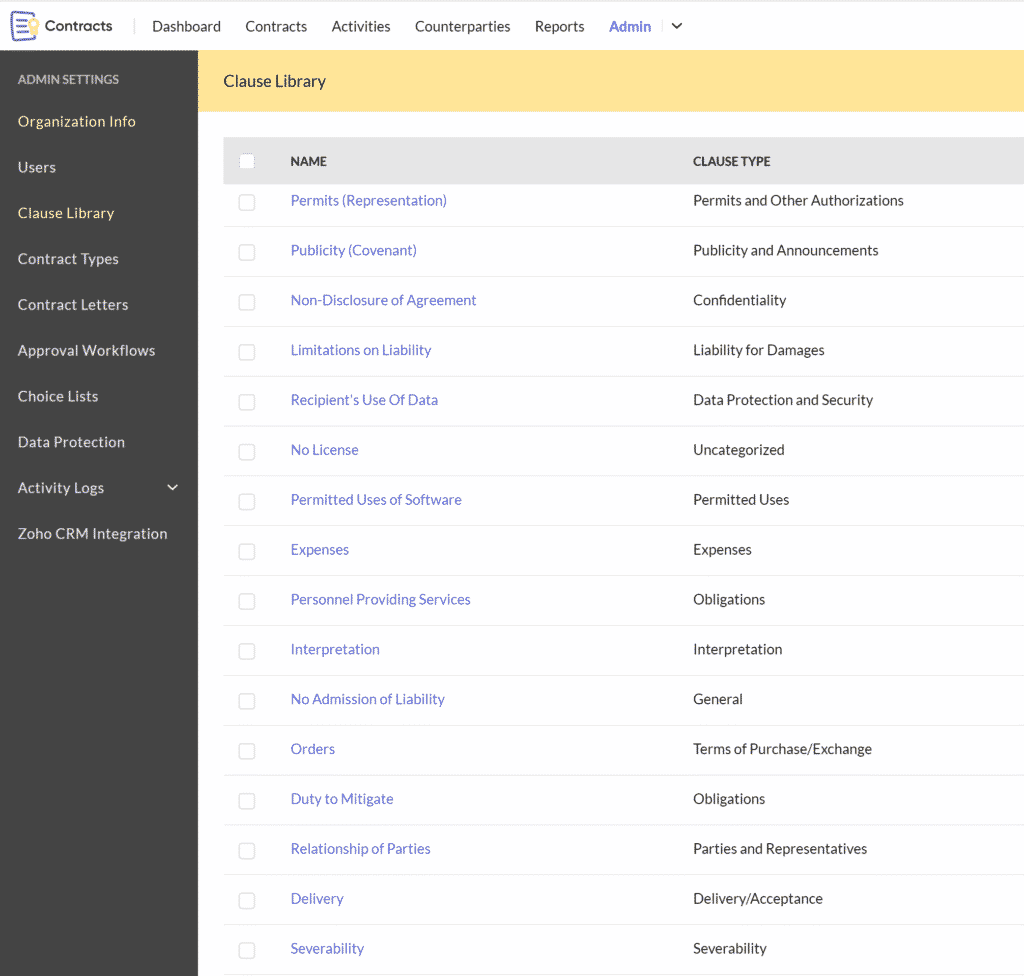In the modern business world, contracts are a must. These legally binding documents help clarify and secure both party’s involvement with one another. Contracts outline the scope of work and prevent any misunderstanding claims from being filed down the road. Whether it is your personal life or professional career, no one enjoys “he said, she said”.
Regardless of what business you are in all contracts have a cycle known as CLM (contract lifecycle management). This cycle has been around for thousands of years and has proven to have significant savings and efficiency. It also limits potential liability organizations might face by following current guidelines and laws.
With the continual improvements in technology and software, this process has been streamlined. In many cases, the need for lawyers is reduced with CLM software providing proper legal binding templates that follow current regulations and are legally worded properly. However, depending on the contract it never hurts to have a legal professional look over such contracts.
Let us look at each element of the CLM process and how software has improved it.
1 – Requests
Probably the most important phase in the whole process, the request. Without a request, there is no contract. This involves both parties gathering the necessary information needed to begin the initial drafts.
With modern CLM software solutions, even the starting process is streamlined. By looking into the potential request your CLM software can help identify anything that may want to initially be discussed.
2 – Authoring
The fun part, writing. This is when both parties solidify the contractual obligations to one another with clauses containing all relevant information relating to the deal.
CLM Software makes this process a breeze with templates and clause libraries.
With dozens of templates to choose from within this software, there is usually a mold that fits any industry. And if you find yourself in a unique situation where there isn’t one it is still better to have it professionally done in a CLM software solution and turn it into a template for future use.
Now that you picked out your template time to insert the clauses. On average most CLM solutions have close to a hundred clauses included with the option to create templated clauses as well. Below is an example of Zoho Contract’s clause library.

3 – Negotations
Negotiations can be either short or long depending on the parties involved. If following the CLM process this part is usually shorter than longer because of the first 2 phases. This phase precedes the final approval where both parties negotiate the final terms of the contract.
Technology has vastly expedited this process. With software parties involved can make necessary changes instantly and share/edit in real-time with each other. It also makes it possible that the contract in review is viewable by as many people as needed. With all eyes on the same contract and real-time edits, even the largest of contracts process quicker.
4 – Approval
Once negotiations are complete and both parties agree with the terms of the contract, it is time for approval. Oftentimes senior leadership or managers will handle the negotiations then send them to the department heads or executives.
With CLM software sending these documents to the higher-ups is just a few clicks. And if rejected, edits be made swiftly with the notes left from the higher-ups to quickly be processed for approval again. Oftentimes, the business down between parties is time-sensitive, so every layer of this process being efficient is crucial.
5 – Signature
Once approval is complete and everything looks good it is time for signatures. The higher-ups that gave the thumbs up are often the ones that sign the contract. One final read-through verifying all clauses and details are correct, then signatures from all parties involved. Who signs though often varies from businesses and industry requirements.

With the internet and e-signatures, this process has sped up significantly. Using digital signatures with CLM software the signing parties will receive emails to log in to a secure site oftentimes with password protection to sign the document. The use of cameras or video can add an additional layer of verification if needed. Once all parties sign, the contract is stored on a secure site as well as copies sent to the signing parties.
6 – Obligation
This is where each party honors the responsibilities of the contract. Personnel or organizations ensure that the necessary tasks are scheduled and executed to honor their end of the deal.
In many cases, CLM software is oftentimes part of a business software suite. For example, with Zoho once a contract is live, an organization might use multiple applications that link with Zoho Contracts. Let us say we have a construction business that uses the Zoho product suite. Once they have a signed contract, data from that contract can automatically be imported into the CRM, which then fires off a handful of tasks and workflows. These could then trigger for a new project to be created inside Zoho Projects, importing all the deal data, tasks to be completed, and timelines.
The sky is the limit with the customization, but CLM software makes all of these things possible. Including sending a new contract which we will discuss in renewals.
7 – Compliance
To avoid legal ramifications, this part of the cycle is ensuring that all parties are sticking to their obligations of the contract. Without a CLM or system in place, this is often the part of the cycle businesses struggle with the most.
However, all of this is easy to resolve with modern solutions. Like the example in obligations with the construction company, most modern business software suite solutions provide the tools businesses need. This keeps both companies and employees on track and held accountable to contractual obligations, keeping them compliant throughout the contract. Systems in place can alert higher-ups if deadlines are approaching or potential contract breaches may happen allowing them to fix them before breaking compliance.
8 – Renewal
The final phase in the contract’s lifecycle. Once a contract nears its expiration date or completes its contractual obligations, renegotiations may begin. Whether the scope of work is different, costs of goods have changed, or the time is up, there are dozens of reasons why renegotiations are necessary.
Luckily, if you follow the CLM and have software maintaining all this data from start to finish this process can take minutes. With just a few clicks, some minor tweaks, and a couple of fresh John Hancocks, your business is ready to go for another round.
Give Zoho Contracts A Try
Doesn’t CLM software sound great? If you read this article you are probably a Zoho user or interested in Zoho. Well, great news Zoho has a CLM solution called Zoho Contracts and it is excellent. Check it out for yourself and get your organization’s contract process streamlined today.









